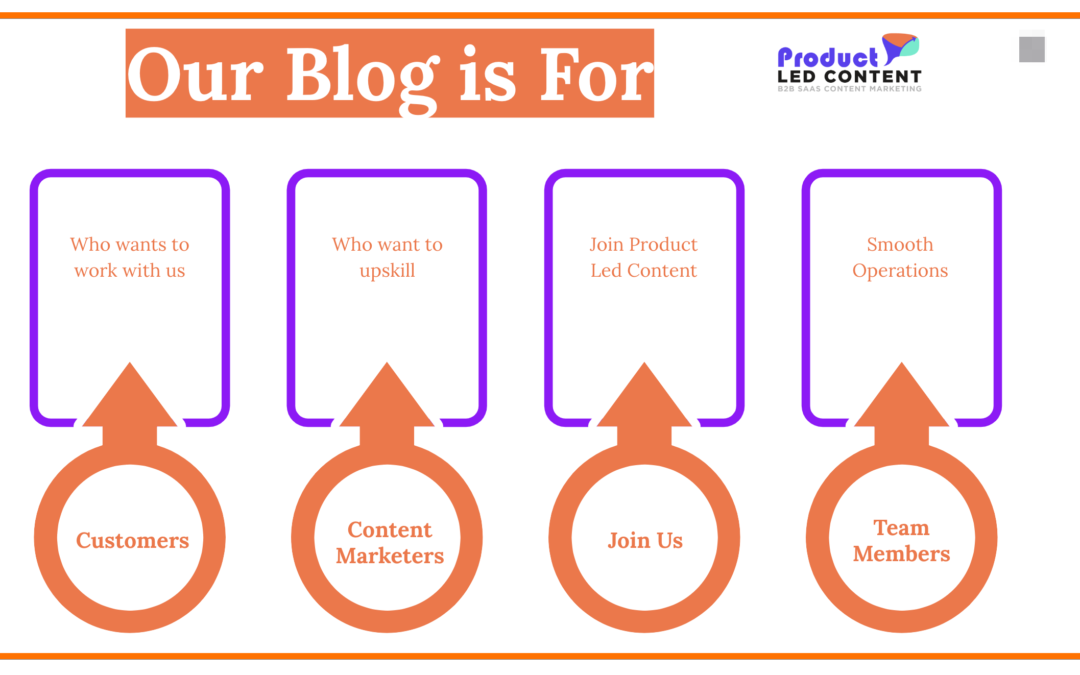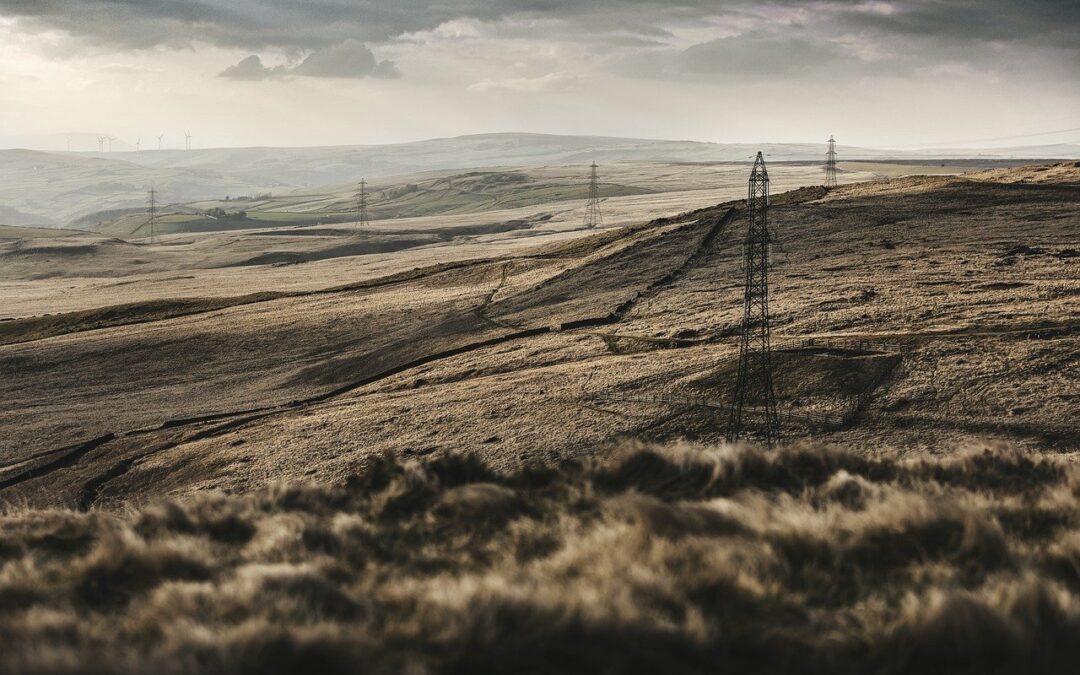Protected: Two Key Ingredients of Writing High-Quality Articles
Password Protected
To view this protected post, enter the password below:
To view this protected post, enter the password below:

Last year, we had to decline a few work requests simply because we knew things wouldn’t work and these customers would ultimately churn out. We know that we cannot give results to every company. That is why we are choosy about whom we work with.
After working with some clients, we now know our sweet spot. In this article, I’ll discuss in which situations and to whom we can give results quickly and with the highest impact.
There are mainly three things on which we decide if we want to work together.
But let’s start with a fundamental qualifier before we talk about that.
There are a few qualifiers, like, are you a B2B SaaS company? If not, then there is no question of engagement. We solely work with B2B SaaS companies.
We are a B2B SaaS content marketing agency.
Over the years, we have specialized in B2B, which is very different from marketing to B2C.
Thus, working with B2C means slowing down on the B2B side.

Similarly, eCommerce startups don’t require the long-form articles that we do. They are mostly consumer-oriented.
Such businesses also require mass production of content to gain significant results from SEO. Paid channels give immediate results.
For example, a writer on OkCredit (a credit account management app for shop owners and their customers) has produced over 500 posts in just one and a half years. That is ineffective in the B2B space.
First, these are technical topics that require a good amount of research to understand. The target audience is senior-level people, like directors, VPs, and the C suite. Furthermore, they have good expertise in their field. So, the articles must be written more in-depth in order to be helpful for them.
Top-of-the-funnel (TOFU) content will be sufficient for B2C. So, this content can be created by beginners or freelance writers.
This is not possible for most B2B companies. It’s not practical to find, hire, and train so many writers at scale while maintaining quality.
For example, see the kinds of articles on a B2B enterprise app, Zluri.
These content pieces can’t be just outsourced to any writer.
The writers should have experience in the field to understand the technicalities. And since these in-depth content pieces require a lot of research, you can’t produce more than 5-6 content pieces in a month.
We don’t work with service-based companies because it requires in-depth expertise in that service to write about it. For service-based businesses, we think either subject matter experts (SMEs) should create content, or you should get someone in-house.
There are two reasons for this:
For example, let’s say you are a law firm for mid-size businesses. Since the order value would be significantly higher and your clients would choose you for your expertise, writing the typical ‘top 5 tips’ like articles for law firms wouldn’t help. This type of content can be created by anybody and doesn’t help you generate any real business.
We are not saying that service businesses can’t work with agencies. But it requires a huge time commitment from the company’s SMEs and salespeople for this relationship to work. Currently, that is not our focus.

Content marketing is a very collaborative process. Thus, we like to work as an extension of marketing teams, not as a third-party vendor agency.
It requires active participation from our clients’ end as well.
There are three key engines to running smooth content marketing operations:
Because it determines the nature of our working relationship, we are picky about who we choose to work with.
For this partnership to work, the right people should be involved from both ends. We have discussed in detail in another post who all are involved in running content marketing operations.
Importance of senior leadership
In that post, we discussed the importance of involving someone from the leadership team, like the founder, CMO, strategic head, etc., for the content marketing operations to run smoothly.

Therefore, we always want to involve startup founders, senior executives, or experienced marketers in content marketing strategy—and sometimes operations.
Leadership buy-in: MoEngage does a great job at content marketing. Akshata Kamath, its content head, says, “Ravi (founder and CEO) has had a clear vision of content from the beginning.”
Marketing is too important to be left to the marketing department.
With senior executives involved, things move faster.

As a result, you get good outcomes.
Here are key reasons why, when working with us, the involvement of founders, senior executives, or experienced marketers is a must.
Since the leadership team has a business context, it results in quick decision-making. Content marketing strategy is a subset of marketing strategy, which is itself a subset of business strategy.
Founders can make decisions quickly, even if they are not from marketing backgrounds, not just because they have the authority but also because they are aware of time wastage due to delayed decisions.
Content marketing is a highly collaborative process. There are a lot of interdepartmental dependencies.
We all know how interdepartmental dependencies can slow down a project. But the experience of senior leaders in the company helps them navigate hurdles—either through authority or diplomacy—when we need help from other departments.
Such as when
In one instance, working with a client in our early days, it took them over a year to change the content management system.
Since the point of contact was a junior person, though he agreed with our suggestion personally, he couldn’t get the changes made by the developers. He didn’t have the authority to direct the developers to make the changes.
Someone from the engineering department was controlling that decision, and he/she decided not to change it because it was a hassle for them.
The person from the engineering team would not have ignored the request if it had come through someone from the leadership team.
Most of our customers hire specialists for our expertise. So, we do most of the heavy lifting. We take care of end-to-end content marketing, from strategy and ideation to creation and distribution.
We have found that our engagement with senior people is generally smoother than when working with junior people.
Leaders know why they have hired us. They know the art of delegation and generally lead the project by giving directions, not prescriptions.
On the other hand, junior people create hurdles by focusing on irrelevant or small things. They don’t know the art of trust.
I’m not saying there is anything wrong with prescriptions, but it’s the kind of engagement we don’t want to have.
In an ideal scenario, we would like to work with a person from the leadership team who has a marketing background. They ‘get marketing.’
Even if they have no hands-on content marketing experience, there are good chances that they understand it.
Someone with marketing experience understands different marketing channels and how content marketing fits into the overall marketing strategy.
They know that content marketing is a slow channel that gives compounded results in the long term. So, they plan to use other channels, like cold outreach, paid advertising, etc., for short-term results till the organic channel picks up.
Ultimately, they can get the best from us.
We want to work with startups that have content baked into their culture. If you have a content culture, the content operations would be very smooth. You will get great results.
For building a content culture, we need to do three things: Align on goal. Align on strategy. Have a smooth information flow.
We often see content marketers focus on the wrong metrics, like pageviews, bounce rate, time spent on pages, etc.
Many believe that improvement in these metrics means content marketing is working.
However, these metrics don’t align with most early-stage startups’ growth strategies. When we talk with seed and series A stage founders, they have clear milestones in terms of annual recurring revenue (ARR) for the next stage.
Therefore, we want to be accountable for the business value (ARR). Not vanity metrics. Not improvements in bounce rate. Not an improvement in time spent on pages. Certainly not the number of blog posts we create in a month.
We measure our performance in terms of our contribution to the pipeline.
So we track these metrics
This is because these metrics have business value—and are closest to the revenue that any marketer can help you with.
Go up, you risk losing yourself in the noise. Go down, and you will find yourself getting crushed under heavy weights.
Note that if salespeople are required to close the sales, marketers cannot be directly held accountable for sales. It’s the job of salespeople to convert those leads into paying customers.

Our core strategy is to start selling products within the content while providing value.
If you want leads to be tracked as content marketing KPIs, it requires us to agree on a few basic things:
The basic idea behind creating product-led content is to weave the product contextually into the topic discussion.
Our approach toward topic ideation is to help people with problems that our product can solve. When we choose such topics, we are able to reach the right audience at the right time—when the prospects are looking for solutions to their pain points.
Soft demo within the content pieces: Since we talk about the product when the readers are deeply engaged in the article, the product appears as a natural solution to their problem.
Another strategic alignment is to be willing to show product screenshots in the content.
Nailing your positioning and messaging first – In order for your content to generate leads, you need to nail your marketing fundamentals first.
If you have issues with your positioning and messaging, all the traffic we bring will go in vain, because we would not be able to convert them.
Not nailing the positioning implies other issues, like no product differentiation. Thus, we cannot show the customers how your product solves the problem better than other solutions, whether direct or indirect competitors.
We are not a good fit if you can’t give us access to the rest of your team. We don’t get consumer insights if we cannot talk to sales, customer support, customer success people, developers, or product managers.
As we discussed earlier, content operations require a high degree of collaboration of the content marketing team with other teams.
Creating quality content requires inputs from sales, customer success, customer support, product, other teams, and SMEs.
These teams can help the content marketing team with
In the absence of these inputs, we are limited to just market research.
Read this article for the difference between market research and consumer research. Market research is external. Consumer research is internal.
For example, we want to be in regular touch with salespeople because they know precisely what problems customers face. Salespeople know the objections of prospects before buying.
By knowing the customer’s objections, we address those objections in your content. So, when they reach your sales, their basic objections are handled.
Talking with salespeople also helps us choose the right topics for content.
The right topics will help you attract in-market audience (people who are ready to buy the product.)
You attract the wrong type of footfall on your website with the wrong topics. You will face the following problems:
Furthermore, your salespeople get a headstart. They don’t need to explain what your product does, your key value proposition, and what makes you different. Thus, your sales velocity and close rate are higher.
Likewise, we talk to customer support and success because they are also in touch with paying customers. Talking to product and engineering teams helps us to understand your product’s unique benefits.
Access to data: Note that this information is also available at various places, like call recordings, CRM, and other conversations with your customers. Further, we ask for access to the following accounts: search console, google analytics, and support and sales data.
Content marketers spend a lot of time researching content. They spend countless hours reading articles, watching videos, and talking to people. Without an interest in the topics they are working on, the created content quality would be poor.
In fact, this is the main reason why we see such boring and nonsensical content on the internet. All these articles are written by writers with no interest in the topic they are writing about.
If your folks in your content marketing team don’t connect with the problem statement you are trying to solve, they will never perform well.
Thus, we only work with clients where we: connect with the problem statement, like to work in those industries, and want to talk to those personas.
We enjoy working in certain industries.
In my childhood, I was least interested in studying; instead, I would spend most of my time playing cricket. I was astonished by cricketers because they used to get money for playing.
Though I didn’t pursue my goal of becoming a professional cricketer, when I work in the industries of my liking, it’s a similar feeling.
This is also a key part of our hiring process. When we hire different people on our team, we check if their interests match what we do. Since they work on the topics of their interests, they perform very well.
If you are in any of the following industries, we can be a good content marketing partner for you.
We don’t like working in the following industries: real estate, legal, manufacturing, etc.
Now if you check all the above three points. The next question is, what is the right time to work with us?
We can create different values at different stages of the startup.

The result was that there was always a dependency on developers that have no interest in making changes to the website for marketing goals. As a result, we could not even make basic changes like changes in the meta description and page title.
This has given issues like bad on-page user experience, unoptimized URLs, and high bounce rate, leading to a poor on-page SEO. Since the blog design was poor, the website had many technical issues like duplicate titles, short or null meta descriptions, 404 pages, etc.
All these technical factors could have been sorted in one go by moving to WordPress.
Traffic to the blog post
Leads we got to on the blog post
It got us 3 leads with just 171 footfalls from 132 users. That is a 1.72% conversion rate. This is a very good conversion rate. To give you an idea, most blog posts convert in the 0.01 – 0.25% range. Now, we are very selective on who we work with. We discuss our strategy and working style with our prospective clients in detail and ensure they are comfortable with it before taking on new clients.
To view this protected post, enter the password below: